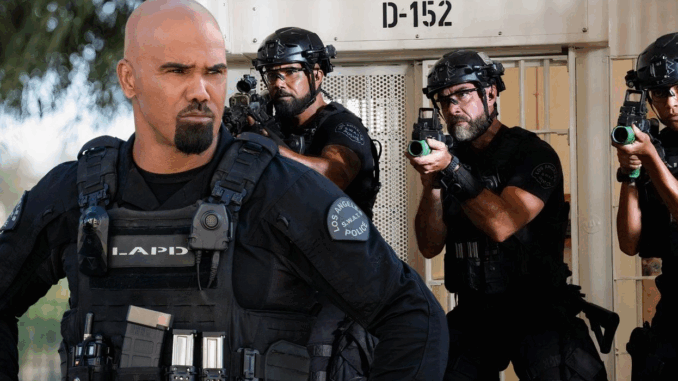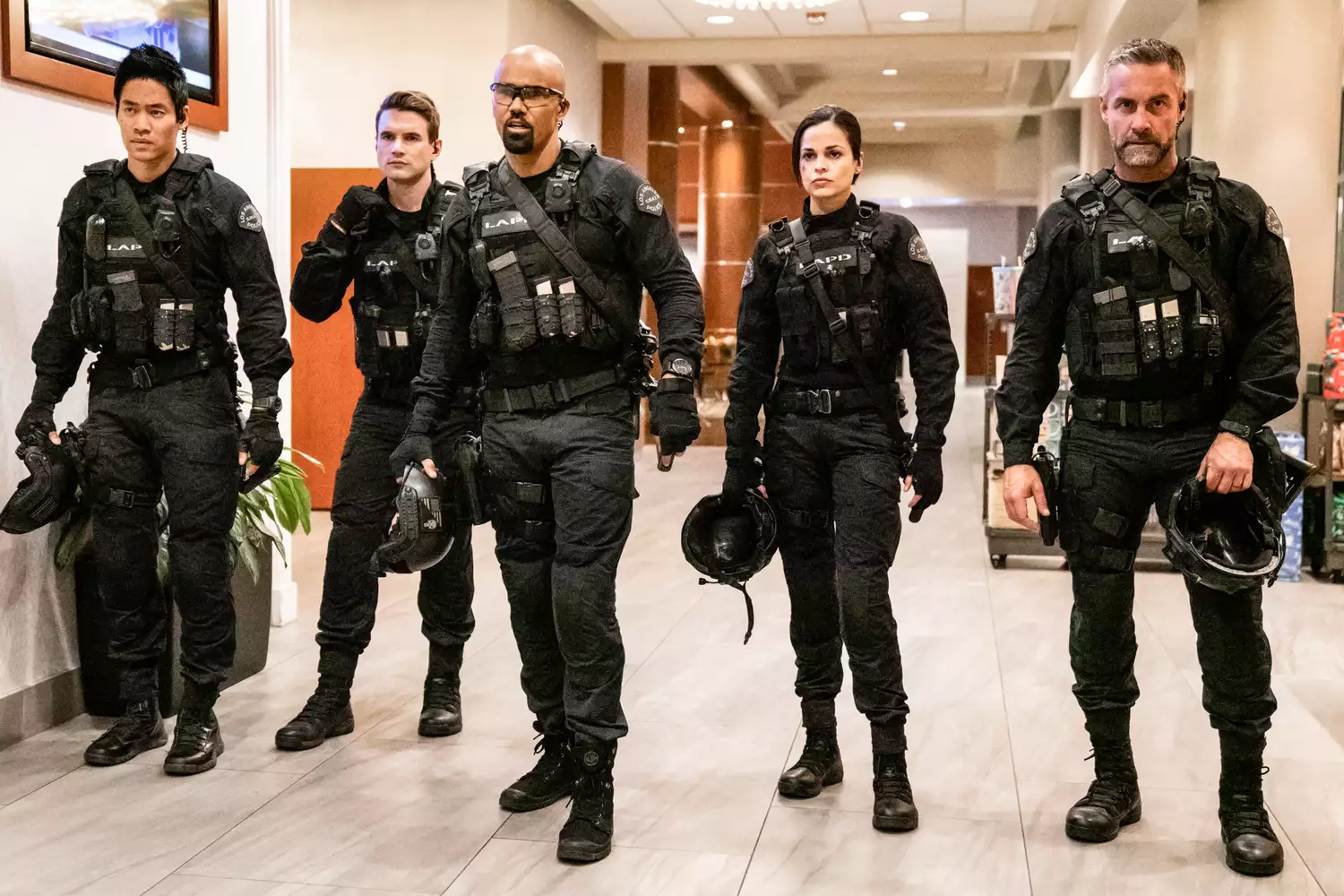
Wildfires have become an unfortunate staple of California’s hot season—but in recent years, their impact has stretched beyond environmental damage and into the heart of Hollywood. In a dramatic turn of events, both CBS’s action-packed S.W.A.T. and HBO’s dystopian epic Westworld were forced to shut down production due to fast-spreading wildfires near their Los Angeles filming locations.
With smoke in the air, rising temperatures, and first responders stretched thin, the decision to hit pause wasn’t just smart—it was essential. But how exactly did the fires affect these productions, and what does it mean for the future of filming in California?
Let’s break it down.
A State on Fire—Again
The Rise of California’s Fire Seasons
California’s wildfire season has grown longer, hotter, and more destructive over the past decade. Fueled by record-breaking droughts, dry winds, and climate change, wildfires are now a yearly threat to lives, homes, and even the entertainment industry.
How the Fires Reached Hollywood’s Doorstep
This particular shutdown was triggered by the La Tuna Canyon Fire, which spread quickly across the Angeles National Forest, prompting evacuation orders and poor air quality alerts that stretched into Los Angeles County—home to multiple outdoor sets.
How the Wildfires Impacted S.W.A.T. and Westworld
S.W.A.T. Filming in Real L.A. Locations
S.W.A.T. is known for its gritty realism, which includes on-location shoots in downtown L.A., South Central, and the surrounding hills. When smoke rolled in and visibility plummeted, the production team had no choice but to call off filming.
A CBS spokesperson confirmed: “Out of an abundance of caution and in consideration of crew safety, production has been temporarily paused.”
Westworld’s Expansive Outdoor Sets in Peril
Westworld, with its sprawling, cinematic landscapes and complex set pieces, also relies heavily on remote outdoor locations—many of which were uncomfortably close to the fire lines. Safety crews were quick to act, halting all on-site production.
HBO issued a similar statement: “Due to the ongoing wildfires, filming has been suspended until conditions improve.”
Safety First—Crew, Cast, and Community
The Risk to Crew and Equipment
Filming during a wildfire isn’t just inconvenient—it’s dangerous. Aside from the threat of flames, the air quality alone can pose serious health risks, especially during long days on set. Equipment can also be damaged by ash and heat exposure.

Local Communities Were Already Under Pressure
Firefighters and first responders were busy battling the flames and assisting with evacuations. Keeping film crews out of harm’s way and off strained public resources was the responsible choice.
The Cost of a Shutdown
Lost Time Means Lost Money
A single day of production on a major show like S.W.A.T. or Westworld can cost hundreds of thousands of dollars. Delays mean rescheduling talent, rerouting crews, and reworking tight deadlines—especially for shows airing on network schedules.
Insurance and Climate Risks
More productions are now factoring wildfires into their insurance policies. Studios are also looking at climate risk assessments when choosing filming locations—something that used to be rare just a few years ago.
What’s Next for S.W.A.T. and Westworld?
Temporary Delay, Not Cancellation
Both productions are expected to resume filming as soon as conditions allow. Safety crews are monitoring the situation, and production managers are already working on adjusted schedules.
Could This Impact Release Dates?
While no official delays have been announced, even a short production pause can ripple across post-production timelines. Fans should stay tuned—but for now, air dates remain on track.
Hollywood’s New Normal: Fires, Floods, and Filming
: Climate Change Hits the Entertainment Industry
The shutdowns of S.W.A.T. and Westworld are just two examples of how climate change is changing the way Hollywood works. Productions are increasingly vulnerable to wildfires, heat waves, floods, and power outages.
Studios Are Moving North and Indoors
To mitigate future risks, some studios are shifting more production to Vancouver, Atlanta, or soundstage-heavy setups. But that comes at the cost of the iconic L.A. backdrop that so many shows, like S.W.A.T., rely on.
What the Stars Had to Say
Shemar Moore Sends a Message to Fans
Moore took to Instagram, sharing a photo of smoke-drenched skies with the caption:
“Filming paused. Safety first. California’s hurting—stay strong, stay safe. We’ll be back soon.”
His post was flooded with fan support, thanking the actor for acknowledging the danger and putting the crew first.
Cast of Westworld Stays Silent—for Now
While HBO has remained mostly quiet about specifics, insiders report that cast members were quickly relocated from nearby filming sites to ensure safety, with everyone currently on standby.
Could Future Productions Be Fireproofed?
Using Technology to Stay Ahead
Some productions now use fire tracking software and private safety teams to monitor conditions in real time. Drones, satellite maps, and air quality sensors are becoming standard tools for location scouts.
CGI Replacing Real Landscapes?
There’s also talk of using green screen technology and digital backdrops more often in wildfire-prone areas. It’s not ideal for realism-focused shows like S.W.A.T., but the industry may need to adapt fast.
Conclusion
The wildfires that shut down S.W.A.T. and Westworld serve as a burning reminder (pun intended) of how climate change is now a leading force in Hollywood’s day-to-day operations. While these delays are temporary, they signal a long-term challenge for the entertainment world.
As flames threaten more than just sets, studios, actors, and fans alike must ask the tough question: How do we continue telling stories when the world around us is changing so quickly?
For now, all we can do is wait for the skies to clear and hope that the only fires we see on screen are the ones written into the script.
FAQs
1. Why were S.W.A.T. and Westworld shut down?
Both shows were halted due to dangerous wildfire conditions near their outdoor filming locations in California, prioritizing the safety of cast and crew.
2. How long will the shutdowns last?
No exact timeline has been announced, but productions are expected to resume once air quality improves and fire risks decrease.
3. Will these shutdowns delay the new seasons?
Not necessarily. While production delays can affect release schedules, both shows are working to adjust timelines and avoid major setbacks.
4. Are wildfires a growing problem for Hollywood?
Yes. Increasingly intense wildfire seasons are impacting more productions each year, leading studios to rethink locations and safety protocols.
5. What safety measures are taken during wildfires on set?
Studios monitor air quality, consult with fire departments, and often bring in emergency safety teams. Evacuations and shutdowns are ordered if danger escalates.
Custom Message:
Thank you for reading. In a world where fiction meets the flames of reality, we stand with those affected and hope for a safer, clearer future—for Hollywood and beyond.
